As 2021 reaches its end, we’re reflecting on the stories that shaped our year.
Here are our Editors’ picks, in order of publishing date, for our favourite Big Reads from the last 12 months.
How USA Hockey legend Cammi Granato is blazing a new trail in Seattle

Cammi Granato inspired an entire generation of American hockey players. Now, as a scout with the Seattle Kraken, she’s breaking new barriers in the game she’s helped grow.
Cammi Granato is watching the Seattle Kraken’s morning skate ahead of the first home game in franchise history and her biceps are hurting. The Hall of Famer has been in the city less than 24 hours, but it’s been go, go, go, since she arrived.
Last night, Granato was here at Climate Pledge Arena for a Coldplay concert — she’s a big fan, especially of their old stuff. She was singing along, up in a box, though she wished at times she’d been down on the floor, dancing. And then earlier this morning, Granato was wearing a Kraken jersey with her name and No. 21 on the back, standing as high as a person can safely stand on Seattle’s Space Needle, yanking on a rope to raise a Kraken flag to the Needle’s very top. That explains the sore arms.
The Kraken scout who was nearly 600 feet in the air about an hour ago is now just below ground level, sitting in the arena’s lower bowl among a handful of the team’s front office staff, including director of hockey strategy and research, Alexandra Mandrycky. A couple weeks ago, Mandrycky, Granato and GM Ron Francis were in a box at Rogers Arena for a pre-season game against the Vancouver Canucks. “Cammi and I kind of looked at each other and said, ‘This might be the first time women have ever outnumbered men in a GM box in the league,’” Mandrycky says. “I think we’ve had a lot of moments like that.”
Read the full story, by Kristina Rutherford.
How a clubhouse confrontation changed the course of Robbie Ray’s career
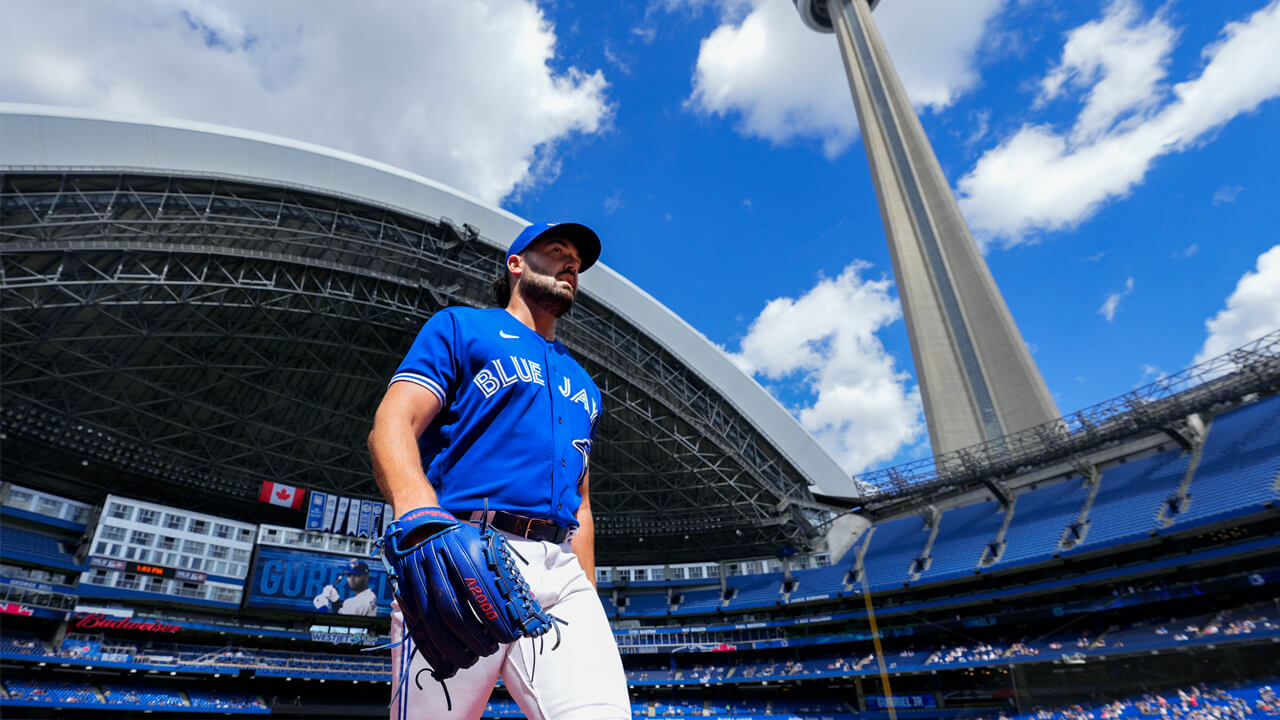
Today, Blue Jays ace Robbie Ray is a Cy Young frontrunner. But without a tense confrontation in a minor-league clubhouse, his whole MLB career may have played out differently — or never happened at all.
It’s late in the 2012 season and four players are enjoying a card game in the Potomac Nationals clubhouse. They’re playing Pluck, which is a trick-taking favourite among the guys at the table, including Steven Souza Jr.
Robbie Ray, who’ll turn 21 in a few weeks, is scrutinizing his teammates from a few feet away. The left-hander is in a mood, and those on the club know that when Ray is in one of his moods, they should avoid him. If things are going well, he’s fun to be around. But when he’s struggling on the mound, look out. During this season with the high-A affiliate of the Washington Nationals — which Ray will ultimately finish 4–12 with a 6.56 ERA over 105 2/3 innings — there’s been much more bad than good.
Ray ambles over and stops behind Souza as the 23-year-old outfielder puts down a card. “Why did you play that?” he asks.
“Why don’t you go over there and sit in your locker and let me play my own cards?” Souza responds. The line is delivered in a playful tone and Ray should probably let the exchange die there, but he doesn’t. The comment sets him off and he starts to yell at Souza. Teammates and coaches intervene before the situation escalates but as they’re separated, Souza lobs a piercing remark at Ray. “You’re always cutting corners,” he says.
The words stuck with Ray in the days that followed.
Read the full story, by David Singh.
Shane Wright’s exceptional path to the top of the NHL draft board
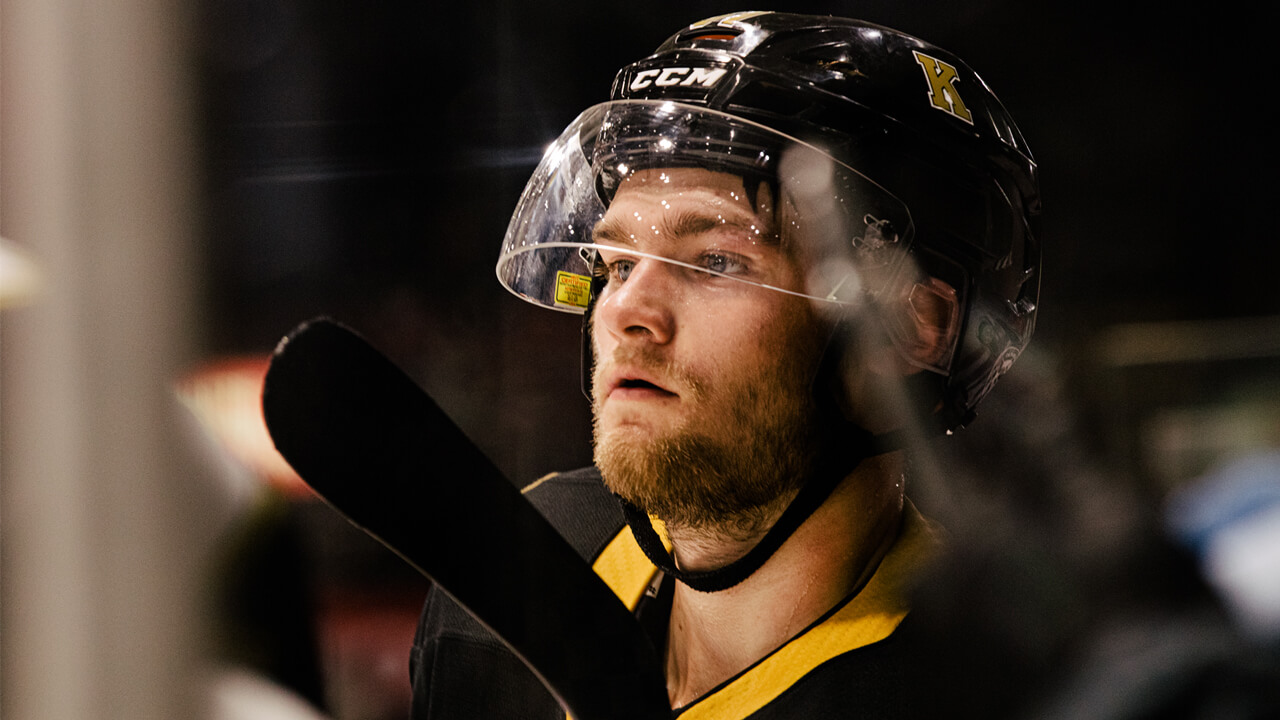
He posted numbers like McDavid as a CHL rookie before the pandemic stole a year of his development. Now, Shane Wright has to prove he’s still got the potential to be a franchise player at the next level.
Just days before the opening games of the Ontario Hockey League campaign, the CHL announced its preseason rankings. The Kingston Frontenacs were top-ranked in the OHL and slotted fourth overall in major-junior, heady stuff for a team that won just 19 of 62 games in 2019–20 before COVID shut down play, and went 38 games below .500 the season before that. The reason for such enthusiasm was a 17-year-old who has been projected as the likely first-overall pick in the 2022 NHL entry draft since he was in Grade 9: centre Shane Wright.
Every fall, the attention of fans and NHL scouts focuses on a teenager who has been designated as the next big thing, who inevitably draws comparisons to established stars drafted first overall in year’s past. Some will say raising expectations on a kid is unfair and only sets him up to disappoint, but it’s just a fact of hockey life — and a matter for gallows humour in the business. Said one NHL scout before the Frontenacs’ home opener against Ottawa a couple of weeks back: “The second-guessing will probably start in the first intermission.”
Once the puck dropped, though, the Frontenacs took over and did their best to delay and maybe even pre-empt any second guessing of either their ranking or Wright’s.
Read the full story, by Gare Joyce.
Meet the Texas non-profit developing a new game plan for growing hockey
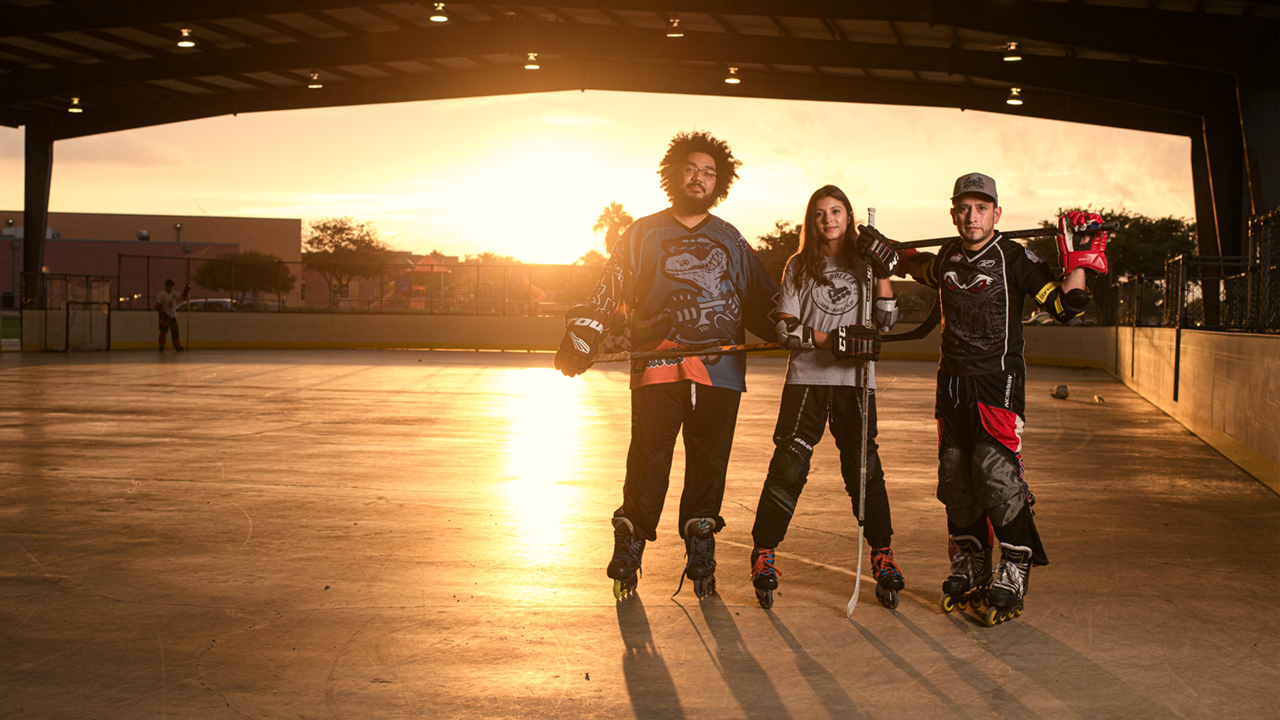
With hockey holding on by a thread in south Texas, RGV Roller is fighting to reignite interest in the sport and offering a blueprint for how to grow the game.
Juan Pablo Lopez has made this journey south from Progreso so many times, he’s got it colour-coded by month. Hit the eight-mile shot down to the Mexican border in September and the fields bordering Highway 281 glow white in the heat of the Texas morning, miles of cotton like freshly fallen snow floating above the sun-baked leaves. In October or November, it’s the deep red of the sorghum that crowds the asphalt on both sides, and by April, the corn crops’ neatly lined bands of green run alongside you. It’s the latter flying past the windows of Lopez’s old Volvo wagon now as he approaches the Donna-Rio Bravo International Bridge.
Arriving at the border, the calm of open fields and blue skies is interrupted by silver gates, barbed wire, orange pylons and weighty barriers, funnelling traffic toward cameras and floodlights — the familiar paraphernalia of American displays of power. But when Lopez pulls up to the agent waiting for him at the window, the conversation is less formal than the mess of concrete might suggest. Staring with undisguised curiosity at the mass of gear stuffed into the back of Lopez’s car, the agent simply cracks a smile: “Really?”
On past journeys, coworkers have been called over with a laugh, Lopez’s frequent crossings an inside joke among the border agents. Some have even asked if they can join him after first catching sight of the gear.
Read the full story, by Sonny Sachdeva.
Meet the bright light who got Alek Manoah through his darkest days
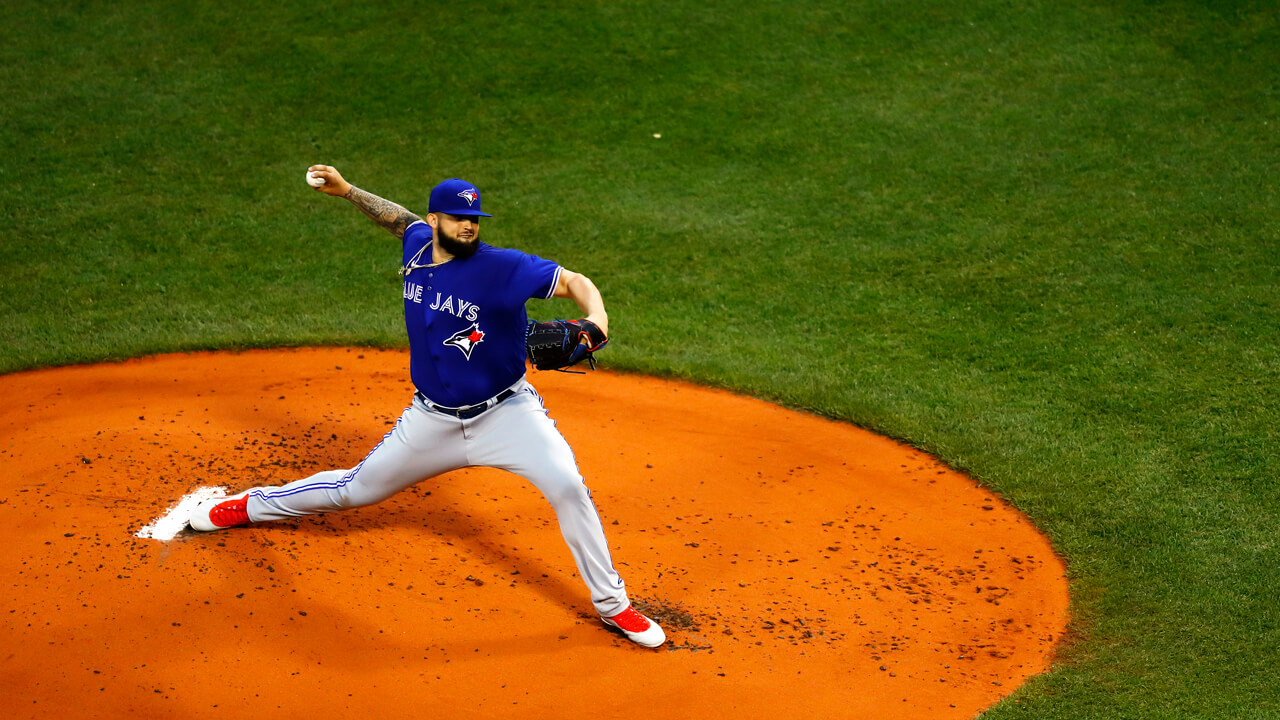
As a kid, Alek Manoah watched his mom go hungry so he could eat. Her sacrifices and determination got the promising young right-hander where he is today, and set an example he’s still trying to live up to.
On an overcast Saturday morning in late June, Susana Lluch is calm and contented as she tends to her two-month-old Rottweiler puppy, Luna, and gives some love to her older Rottweiler, Marly. The tranquility in her Miami home will be short-lived, though, and she knows it. Lluch has a busy weekend ahead.
Later today, her son, Alek Manoah, will take the mound for the Toronto Blue Jays, facing the Baltimore Orioles in what will be the fifth start of his MLB career. And tomorrow, she’ll tune into a Fort Myers Mighty Mussels contest to see if her elder son, Erik Manoah Jr., emerges from the bullpen for the Minnesota Twins’ class-A affiliate.
Rooting for her children will bring out Lluch’s competitive side. She won’t stay in her seat — the cocktail of adrenalin and nerves ensures that. Friends and family might call or text her; if they do, it will be a frustration. Shouldn’t people know you’re not supposed to call me when they’re pitching? she’ll ask herself, before refocusing on the television. She’ll talk to the screen, reminding her boys, like she always has, to begin their outings with first-pitch strikes. She’ll be able to at least dial down the jitters if Alek and Erik Jr. go up 0–1 in the count. “My words are always, ‘First strike,’” Lluch says. “I should probably tattoo that.”
This side of Lluch — the competitive one that emerges when she watches her boys pitch — was on full display in New York in late May when she was introduced to Blue Jays fans.
Read the full story, by David Singh.
Hockey’s homophobic language problem is putting kids’ lives at risk

Eradicating homophobic language from hockey isn’t just about making the game more welcoming — it’s about keeping kids alive.
In the beginning, Brock McGillis just wanted to end up on the Wall of Fame. The monument stood in his great uncle Norm’s house, adorned with photos of friends and family who’d found their way in the hockey world. Even now, 30 years on, thinking back to the moments that first spurred his journey in the sport, two stand out among the rest: watching the Montreal Canadiens lift the Stanley Cup in ’93, and first staring up at The Wall.
As a young goaltender, McGillis dreamed of charting a path from Northern Ontario to the big leagues and cementing his place among those photos. The plan he devised to get there was simple enough: outwork anyone and everyone who stood in his way, divert all focus to that singular goal, build his game up until he was undeniable. “I just had a dream, and my dream was I was going to be a hockey player and make the NHL, and ultimately nothing else in my life mattered, you know?” he says. “I was just adamant that I would end up on that wall.”
So he went to work.
Read the full story, by Sonny Sachdeva.
How sports weaponize racist beauty standards against Black women
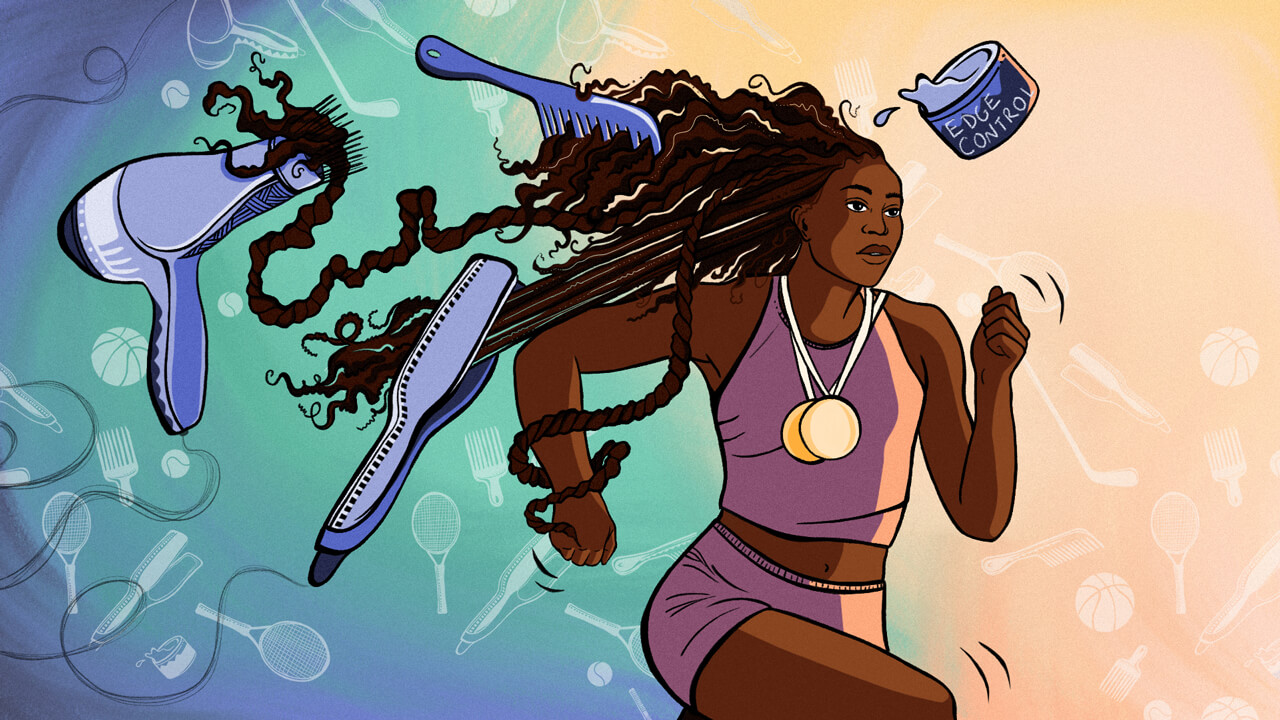
Gabby Douglas makes history and the world focuses on her hair. Serena Williams wins a Slam in the face of endless scrutiny of her body. Sports have a damaging obsession with Black women’s looks — and it’s not just reserved for superstars.
I took my last gym class in June 2012.
When I went back to school that fall, it was on the heels of the Summer Olympics in London; I was 15 and had just started Grade 10. In the near-decade since then, a couple of things about that year’s Olympics have stayed with me: the Spice Girls’ performance at the closing ceremony and the conversations surrounding Gabby Douglas becoming the first Black woman to win all-around gold in solo gymnastics.
My memories of Douglas’s floor and beam routines are foggy at best. What’s vivid is the response to them. On Twitter, there seemed to be more discourse about her hair than her historic wins. Online, the narrative was that her bun wasn’t sleek enough, her edges weren’t tame enough and her kitchen was completely askew. It was more than just a few unsavoury tweets: the criticism was widespread enough to get brought up during her sit-down with Oprah and to come to the attention of Spike Lee.
This absolutely wasn’t the first time that a Black woman in sports had come under fire for her hair, but it was the most overt display of this that I had seen at 15. At the 2012 Olympics I saw sports and beauty standards come together to create a cocktail that prioritized appearance over athletic achievement.
Read the full story, by Sumiko Wilson.
Thirty years of empathy, belief and delusion, in and out of tennis
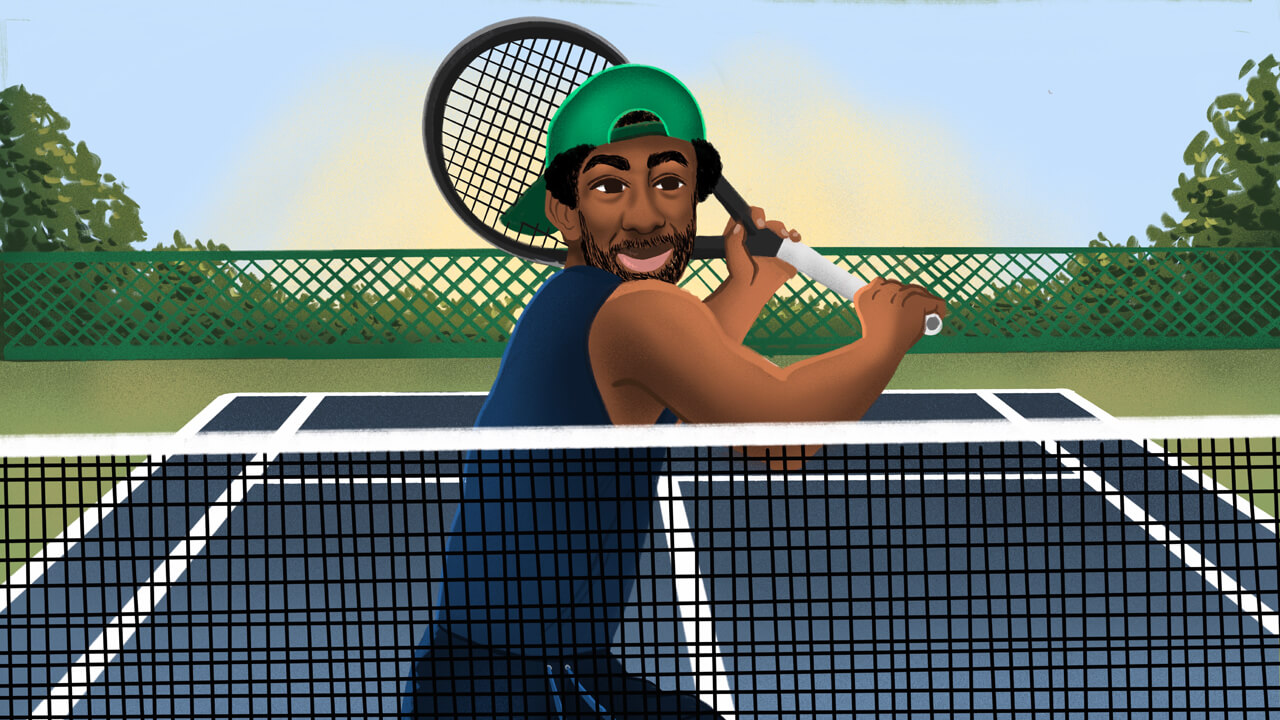
Giller Prize-winning novelist and poet, Ian Williams, on his years as an unknown, unranked player, and the transformative power of tennis.
It’s the final set of play. The older Williams is serving. The younger Williams is returning from inside the baseline, trying to look menacing. It’s not the Williams sisters, but my older brother and me. Not the grass centre courts of Wimbledon but the asphalt courts of Centre Street, Brampton, Ontario. I’m around 13; he’s 14. It’s fall, meaning we have to squeeze in as much tennis as we can before the City takes down the nets and leaves the courts unplayable for the winter.
My brother plucks the strings of his racket. We’ve seen the pros do this before serving. We don’t know why they do it, but it looks very cool. He tosses the ball and serves out wide to my backhand, my weaker side. I block the return back. It lands mid-court. He takes the ball at shoulder height, as we’ve seen Monica Seles do on high balls, and pounds it hard and flat, almost a smash, to the opposite corner. He thinks the point’s over so he doesn’t advance to the net or recover good court position at the baseline, but no, no, no, I’m a scrappy bugger. I sprint across the court, full stretch, and hit a forehand behind him. But he’s quick, too. He coils around and moonballs a weak, defensive backhand crosscourt. I run around my backhand, as I’ve seen Steffi Graf do, and hit a forehand down the line. He hits a running forehand. It’s one of his favourite shots, that running forehand. He makes contact with the ball just before it bounces for the second time, swipes up quickly on the outside and turns his forearm over.
My brother and I are trading forehands now, jumping when we make contact, as we’ve seen the pro men do. The ball is dead, the way I like it, so it stays low and allows me to hit with pace and control without the need for fancy strings. In fact, my strings are frayed. Restringing is not an option for my family, even when one of mine breaks. I’ll keep playing with a racket until too many strings break, then I’ll beg my parents for a new one.
Read the full story, by Ian Williams.
Chirps, Playlists and Politics: How NHL teams pick a dressing room DJ
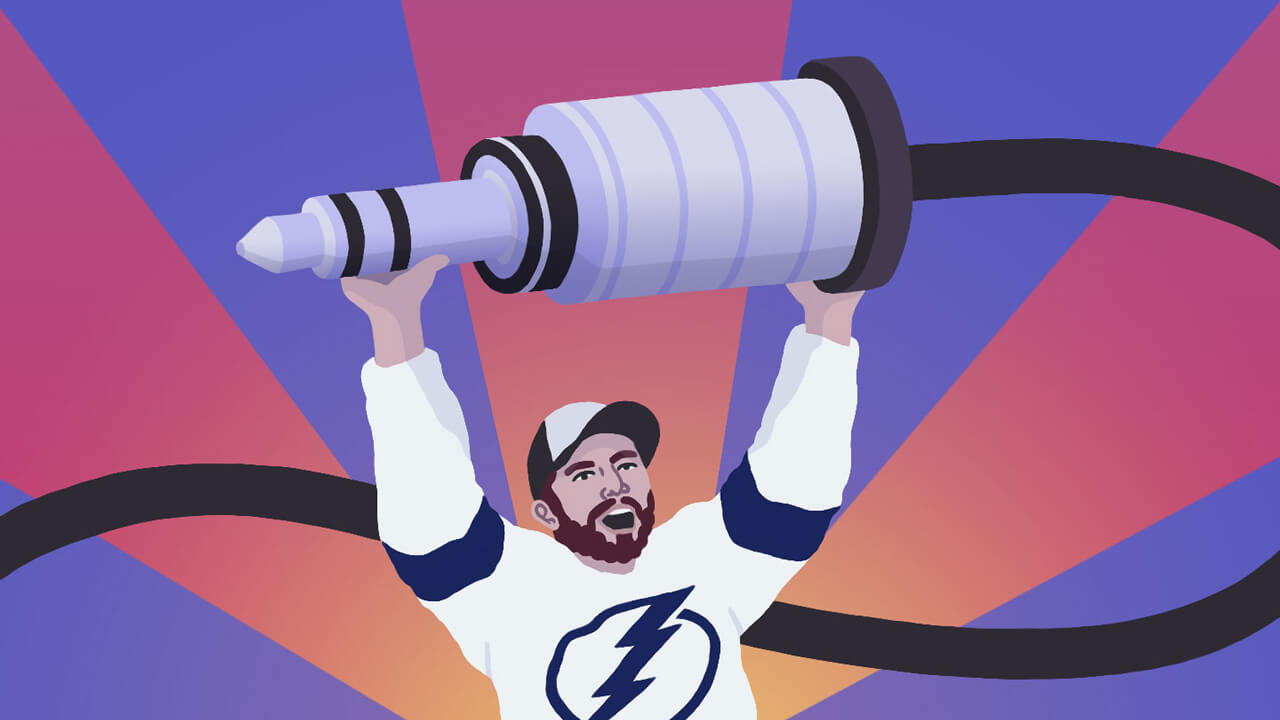
They are the unsung — and sometimes unwilling — heroes who set the tone before every big game. But how does an NHL player become his team’s dressing room DJ?
Jay Beagle is standing in the Vancouver Canucks dressing room and firm in his stance. “J.T. Miller. One hundred per cent,” the veteran asserts. “Oh, yeah.”
Beagle, 35, has just been asked to name the best dressing-room disc jockey in the league — a key, if unsung, role on any hockey team worth a jukebox quarter. “J.T. does a good job. When it’s Christmastime, he busts out the Christmas carols. I mean, his music is like more old-school rock. Classic rock. Nineties rock. That’s kind of what I grew up listening to,” Beagle elaborates. “There’s not too much rap. I do not like rap music. That’s just the way I’ve always been. I don’t like rap music.”
An invisible dagger pierces his interviewer’s heart. Beagle does not know he’s speaking to a diehard hip-hop head. But music can be at once personal and universal — that’s the beauty.


 5:37
5:37 1:30
1:30 2:25
2:25
COMMENTS
When submitting content, please abide by our submission guidelines, and avoid posting profanity, personal attacks or harassment. Should you violate our submissions guidelines, we reserve the right to remove your comments and block your account. Sportsnet reserves the right to close a story’s comment section at any time.